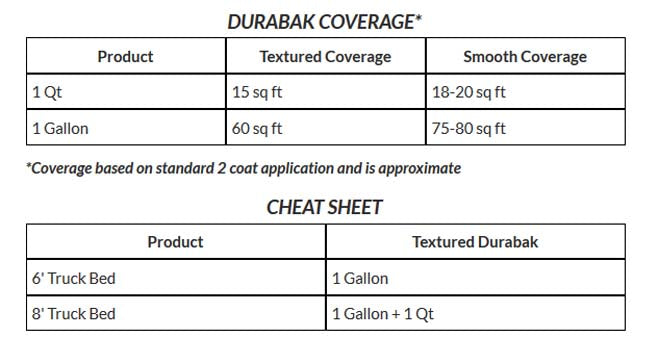How to Prevent Rust on Steel Pipes
Most buildings and homes feature the use of steel pipes. You’ll find them as railings, guardrails or conduits to carry electricity, gas and ventilation. These steel pipes are susceptible to rust as a result of moisture. To preserve their integrity, we are going to teach you how to prevent rust on steel pipes. Not only does this preserve the integrity, but it also extends the lifespan of your piping. By using the right materials to seal out moisture, you can save yourself money and time in the future. Protect your steel pipes from corrosion and rust by sealing off the outside surface.

Why Do Steel Pipes Rust?
Before we learn how to prevent rust on steel pipes, let’s take a moment to discuss the basics of rust and other valuable things you should know. In our previous article, Understanding Corrosion and How to Protect Against It, we discussed what rust is and offered a few tips to help you prevent it. For a quick reminder, rust is another form of iron oxide. It happens when steel combines with oxygen from the air and it corrodes. The main factor in corrosion is water. Even when you have steel pipes that appear to be solid, the water molecules are capable of penetrating microscopic gaps located in the metal. Once moisture makes it way in, the process of corrosion begins. In easier terms, let’s break down the process of corrosion for you.- The water combines with the air to form a carbonic. This is an electrolyte.
- Once the acid is formed, the iron dissolves and the water breaks down into oxygen and hydrogen.
- This free oxygen and iron form iron oxide, otherwise known as rust.
What Happens When Steel Pipes Rust?
Once rust is present, the metal begins to expand. This places stress on the entire structure. It also causes the metal to become flaky, brittle and weakened. Because rust is permeable to water and air, the layers of pipe located below the rusted metal continue to corrode. There’s very little that can be done to stop this process once it has begun.Are Rusty Steel Pipes a Health Concern?
There is varying information on this topic. According to the University of California, rusty water often looks unpleasant, but it isn’t an actual health concern. Most people shy away from rusty water because of the taste, look, plus the ability to stain your clothing and sinks. The limits that have been set by the Environmental Protection Agency for levels of iron in our water are purely based on aesthetic qualities and not safety measures, so there is additional peace of mind there. Whether it is a health concern or not, it is always wise to learn how to prevent rust on steel pipes. Then, you never have to worry about it!How do you know if Steel Pipes are Rusted?
When rust appears just in hot water, comes from a particular faucet or clears up after running for a short period of time, the problem is in your home. These are not indications that there is an issue with your municipal’s water supply. To correct this, you could choose to filter your water or consult a plumber to determine the next course of action. Treatment will depend on how much iron is found in your water and the form it takes. If you experience a sudden flow of rust-filled water, it most likely isn’t your home’s piping that is the issue. Instead, it could be related to a water main break, activated fire hydrant in the area or some other cause to your neighborhood water flow. Sometimes the local water department will contact you and tell you to avoid using the water for a specified period. If the problem continues for an extended time, it would be best to contact your local water department directly or the Department of Health. Before that happens, it is best to learn how to prevent rust on steel pipes.
How to Prevent Rust on Steel Pipes
Before we proceed into the steps of preventing rust on your steel pipes, gather the following supplies:- Cleaner
- Mineral spirits
- Rags
- Primer
- A high-quality rustproof exterior paint (we recommend Durabak of course!)
- 200-grit sandpaper
- Clean towel

